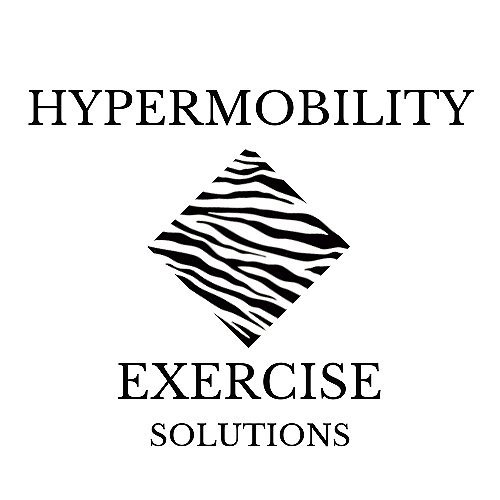Fitness Quick Tip: How to Effectively Track Your Fitness Progress
When it comes to tracking your workout progress it can seem like there are endless options. From apps to spreadsheets the entire process can feel overwhelming. But we are here to help. In today’s fitness quick tip, we are going to break down the benefits of paper and digital tracking of your workout.
Everything You Need to Know About Digitally Tracking Your Workout
Using an app like MyFitnessPal, or a smart device such as a Fitbit or smartwatch is a simple way to track your workout. The biggest pro for these electronic fitness trackers is that they are easy to use. You almost always have your phone around and if you also track your calorie intake, the barcode scan tools can be a real time-saver.
For the most part, these devices are pretty accurate - but keep in mind, you get what you pay for. If you’re a particular stickler for calories and pin-point workouts, then this is likely a better tool for you.
However, there is a downside to electronic fitness tracking. You can’t easily see the bigger picture, and oftentimes you’re fiddling with lots of buttons or tedious manual entry for, say, a new meal. Also, it’s more difficult to look back and get an overall look at your fitness progress.
The Benefits and Pitfalls of Using Paper to Track Your Fitness Progress
Using pen and paper to track your fitness progress actually isn’t as cumbersome as some technology enthusiasts will have you think. First, it will give you an overall glance at what you are doing. There isn’t a need to track each and every calorie or bicep curl, the point of tracking your fitness progress and eating habits is to get an overall glimpse. This glimpse helps hold you accountable for your actions.
The benefits of a paper system are that it gives you a quick-and-easy visual. You can easily flip to a page even over a year ago to see your progress or quickly jump to a meal and get a rough calorie count. This allows for less strict tracking, which works well for folks who are interested in the big picture instead of the nitty-gritty details.
However, this also means you’ll have to carry your notebook around with you, which can be a pain. It isn’t easily accessed from the Cloud the way that apps and devices are. Some people like the ease of apps, but others appreciate paper, the choice is ultimately yours.
Combining Paper and Digital Tracking
This is our preferred method for tracking your fitness progress because you can get the best of both worlds. Maybe you use an app to track fitness, but find it too cumbersome to manually enter the calories of every meal you eat into an app. This is where paper tracking comes in handy. We love to use MyFitnessPal to track our workouts and then write down the total calories and exercises in a notebook.
There are a few products out there that do both. RocketBook is both a book and an app that helps bring you the best of the digital and paper world. The concept is simple, write your fitness progress down in their notebook and you can quickly transfer the notebook to your phone, computer, and the cloud. What’s great about this product is that it goes beyond fitness, enabling multiple uses for one product.
It doesn’t really matter which way you go when it comes to tracking your fitness progress, the point is to hold yourself accountable for your progress in order to obtain your fitness goals.

